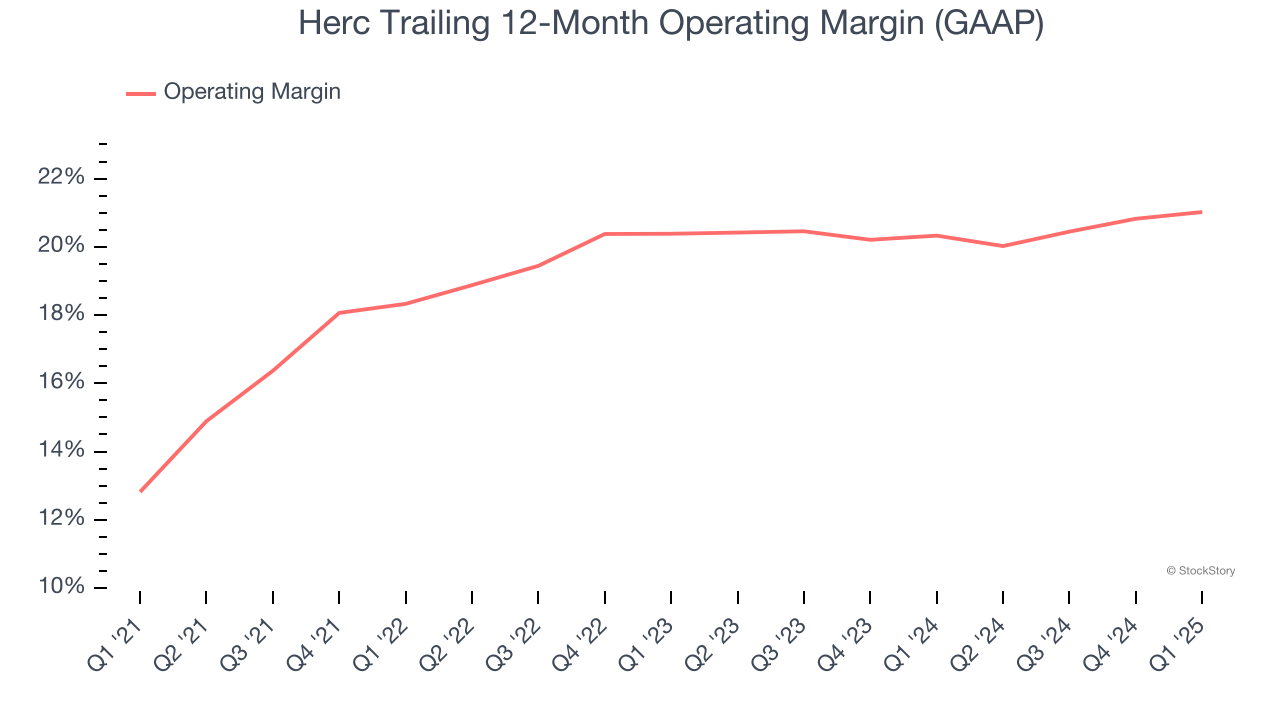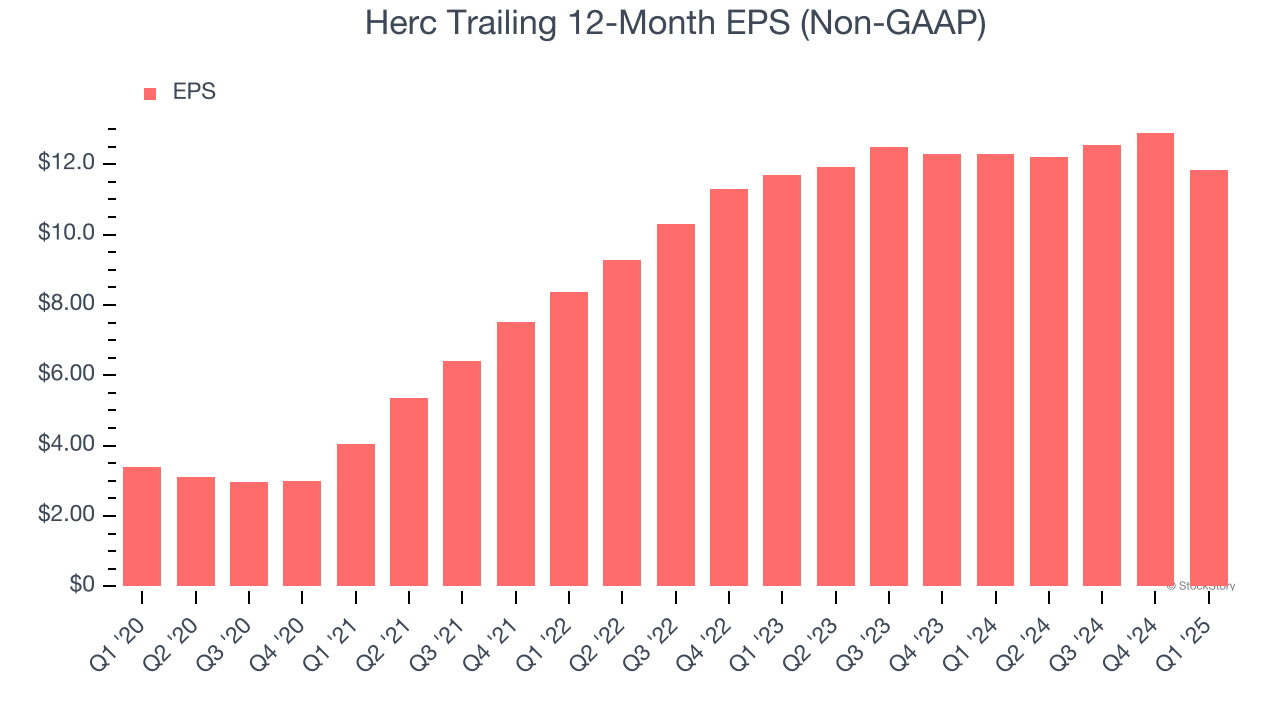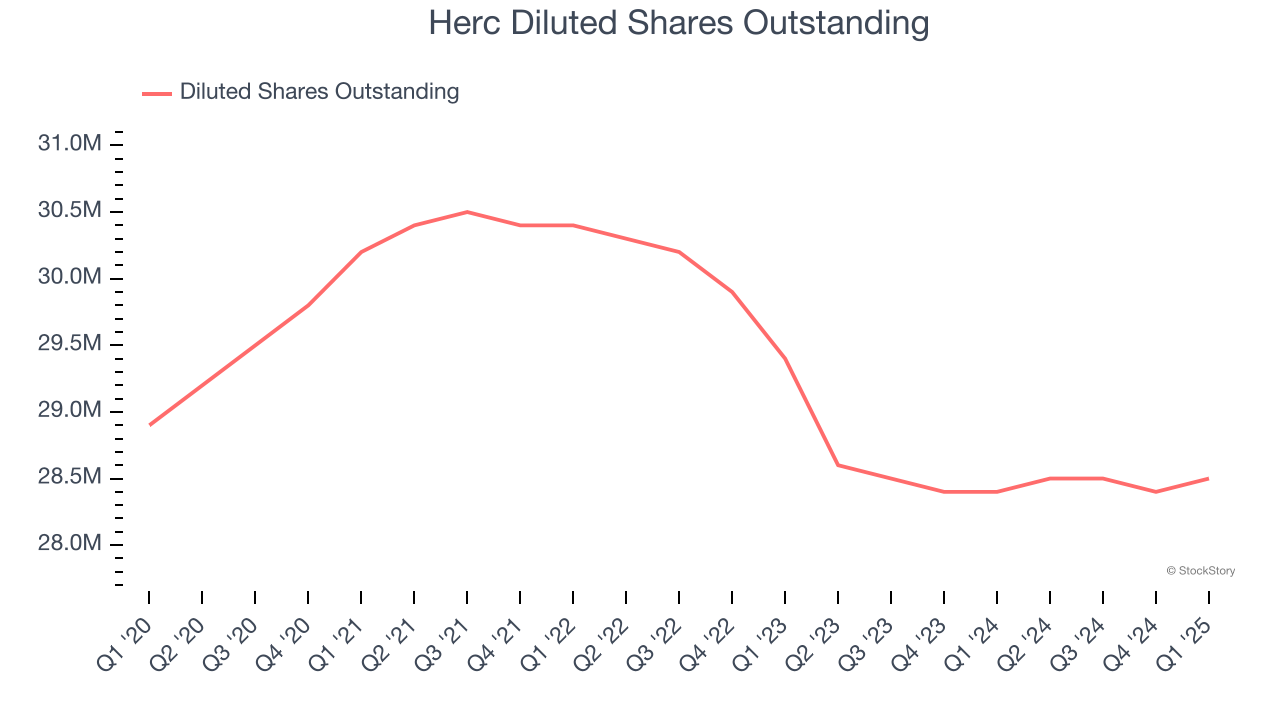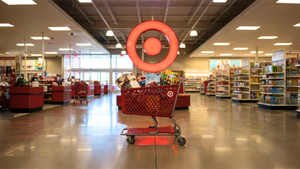
Equipment rental company Herc Holdings (NYSE: HRI) beat Wall Street’s revenue expectations in Q1 CY2025, with sales up 7.1% year on year to $861 million. On the other hand, the company’s full-year revenue guidance of $1.61 billion at the midpoint came in 55.8% below analysts’ estimates. Its non-GAAP profit of $1.30 per share was 41.2% below analysts’ consensus estimates.
Is now the time to buy Herc? Find out by accessing our full research report, it’s free.
Herc (HRI) Q1 CY2025 Highlights:
- Revenue: $861 million vs analyst estimates of $852.4 million (7.1% year-on-year growth, 1% beat)
- Adjusted EPS: $1.30 vs analyst expectations of $2.21 (41.2% miss)
- Adjusted EBITDA: $339 million vs analyst estimates of $361.9 million (39.4% margin, 6.3% miss)
- Operating Margin: 18.6%, up from 17.5% in the same quarter last year
- Free Cash Flow was -$16 million, down from $92 million in the same quarter last year
- Market Capitalization: $3.18 billion
“As expected, the 2025 operating landscape continues to be a tale of two disparate economic trends,” said Larry Silber, president and chief executive officer.
Company Overview
Formerly a subsidiary of Hertz Corporation and with a logo that still bears some similarities to its former parent, Herc Holdings (NYSE: HRI) provides equipment rental and related services to a wide range of industries.
Specialty Equipment Distributors
Historically, specialty equipment distributors have boasted deep selection and expertise in sometimes narrow areas like single-use packaging or unique lighting equipment. Additionally, the industry has evolved to include more automated industrial equipment and machinery over the last decade, driving efficiencies and enabling valuable data collection. Specialty equipment distributors whose offerings keep up with these trends can take share in a still-fragmented market, but like the broader industrials sector, this space is at the whim of economic cycles that impact the capital spending and manufacturing propelling industry volumes.
Sales Growth
Examining a company’s long-term performance can provide clues about its quality. Even a bad business can shine for one or two quarters, but a top-tier one grows for years. Over the last five years, Herc grew its sales at an excellent 13.1% compounded annual growth rate. Its growth beat the average industrials company and shows its offerings resonate with customers, a helpful starting point for our analysis.

We at StockStory place the most emphasis on long-term growth, but within industrials, a half-decade historical view may miss cycles, industry trends, or a company capitalizing on catalysts such as a new contract win or a successful product line. Herc’s annualized revenue growth of 11.6% over the last two years is below its five-year trend, but we still think the results suggest healthy demand. 
Herc also breaks out the revenue for its most important segment, Equipment rentals. Over the last two years, Herc’s Equipment rentals revenue (aerial, earthmoving, material handling) averaged 9.5% year-on-year growth.
This quarter, Herc reported year-on-year revenue growth of 7.1%, and its $861 million of revenue exceeded Wall Street’s estimates by 1%.
Looking ahead, sell-side analysts expect revenue to grow 3.2% over the next 12 months, a deceleration versus the last two years. This projection is underwhelming and suggests its products and services will face some demand challenges. At least the company is tracking well in other measures of financial health.
Today’s young investors won’t have read the timeless lessons in Gorilla Game: Picking Winners In High Technology because it was written more than 20 years ago when Microsoft and Apple were first establishing their supremacy. But if we apply the same principles, then enterprise software stocks leveraging their own generative AI capabilities may well be the Gorillas of the future. So, in that spirit, we are excited to present our Special Free Report on a profitable, fast-growing enterprise software stock that is already riding the automation wave and looking to catch the generative AI next.
Operating Margin
Herc has been a well-oiled machine over the last five years. It demonstrated elite profitability for an industrials business, boasting an average operating margin of 19.2%. This result isn’t surprising as its high gross margin gives it a favorable starting point.
Analyzing the trend in its profitability, Herc’s operating margin rose by 8.2 percentage points over the last five years, as its sales growth gave it immense operating leverage.

This quarter, Herc generated an operating profit margin of 18.6%, up 1 percentage points year on year. The increase was encouraging, and because its gross margin actually decreased, we can assume it was more efficient because its operating expenses like marketing, R&D, and administrative overhead grew slower than its revenue.
Earnings Per Share
Revenue trends explain a company’s historical growth, but the long-term change in earnings per share (EPS) points to the profitability of that growth – for example, a company could inflate its sales through excessive spending on advertising and promotions.
Herc’s EPS grew at an astounding 28.3% compounded annual growth rate over the last five years, higher than its 13.1% annualized revenue growth. This tells us the company became more profitable on a per-share basis as it expanded.

Diving into the nuances of Herc’s earnings can give us a better understanding of its performance. As we mentioned earlier, Herc’s operating margin expanded by 8.2 percentage points over the last five years. On top of that, its share count shrank by 1.4%. These are positive signs for shareholders because improving profitability and share buybacks turbocharge EPS growth relative to revenue growth. 
Like with revenue, we analyze EPS over a more recent period because it can provide insight into an emerging theme or development for the business.
For Herc, EPS didn’t budge over the last two years, a regression from its five-year trend. Given the merits in other parts of its business, we’re hopeful it can revert to earnings growth in the coming years.
In Q1, Herc reported EPS at $1.30, down from $2.36 in the same quarter last year. This print missed analysts’ estimates, but we care more about long-term EPS growth than short-term movements. Over the next 12 months, Wall Street expects Herc’s full-year EPS of $11.84 to grow 8.9%.
Key Takeaways from Herc’s Q1 Results
It was good to see Herc narrowly top analysts’ revenue expectations this quarter. On the other hand, its Equipment rentals revenue missed and its full-year revenue guidance fell short of Wall Street’s estimates. Overall, this quarter could have been better. The stock remained flat at $111.50 immediately following the results.
Herc’s earnings report left more to be desired. Let’s look forward to see if this quarter has created an opportunity to buy the stock. When making that decision, it’s important to consider its valuation, business qualities, as well as what has happened in the latest quarter. We cover that in our actionable full research report which you can read here, it’s free.





